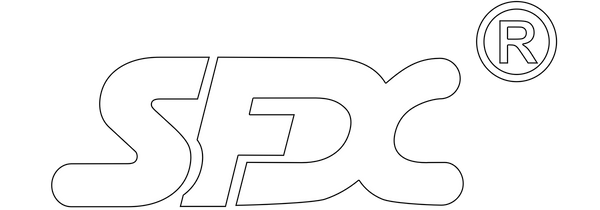Unlock Precision: How SFX Laser Cleaning, Welding & Marking Tech Boosts Production
Share
In today’s competitive manufacturing landscape, efficiency, precision, and reliability matter more than ever. Whether you’re dealing with rusted castings, complex weld seams, or marking serial codes, the right laser tools can transform your workflow. At SFX, our suite of laser cleaning machines, laser welding machines, and laser marking systems is designed exactly for that—and here’s how they can elevate your operations.
Why Laser Is a Game Changer vs Traditional Methods
- Non-contact & damage-free cleaning — A laser cleaning machine removes rust, paint, oxide, and contaminants without touching the substrate, preserving material integrity.
- Selective and controlled removal — Because each material has a different ablation threshold, laser cleaning can target only the unwanted layer and leave the base metal intact.
- No consumables, no chemicals — Laser systems produce minimal waste and don’t require abrasive media or harsh chemicals, which reduces operating cost and environmental impact.
-
Precision welding & marking — Laser welding machines offer a small heat-affected zone, fast cycle times, and superior final joins; laser marking provides crisp, permanent branding or traceability without contact.
Product Spotlights You Should Know
Here are a few compelling models (as references) to illustrate the kinds of machines you may want to consider:
- Handheld Fiber Laser Cleaning Machine — compact, portable, perfect for mobile rust / paint removal
- Raycus 3000 W Laser Cleaner — a high-power unit with strong throughput for heavier duty jobs
- 200 W Laser Cleaning Machine for Paint & Rust — a mid-tier choice balancing versatility and performance
These machines typify what you’d expect from a full-featured industrial laser cleaning machine line—multiple power levels, flexible operation modes, and durable construction.
Real-World Applications & Advantages
- Weld pre-treatment & post-cleaning — remove scale, splatter, or oxidation before or after welding to improve adhesion and finish
- Rust and paint renewal — reclaim old equipment, molds, or structural parts without abrasive damage
- Marking for traceability — after cleaning or machining, apply crisp serial numbers or logos with laser marking
- Fine cleanup in tight spots — handheld or portable units allow you to clean narrow crevices or awkward geometries
Because these processes are non-contact, automated, and fast, you reduce rework, improve surface quality, and raise throughput across your line.
What You Should Do Next
- Assess your use cases — heavy duty cleaning vs delicate parts vs marking
- Match power ranges and modes (continuous vs pulsed) to tasks
- Contact us for demo videos, case studies, or live testing on your parts
- Plan to upgrade — a modern laser cleaning / welding / marking setup often pays for itself via lower consumable cost, faster cycle times, and higher yields
